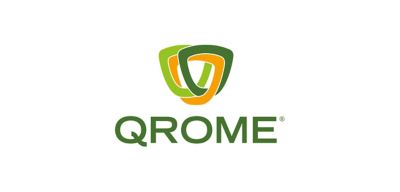Corn is king in much of dairy country and is displacing alfalfa acres in the rotation because it supplies high forage quantity and quality. However, planting corn in the same fields year after year may lead to challenges in managing corn rootworm. Continuous corn fields can favor higher corn rootworm populations, even when using Bt corn products (Pilcher et al., 2018). Relying on a single corn rootworm management tactic can result in reduced efficacy over time.
Rotating fields with historically high levels of corn rootworm pressure out of corn can greatly aid in reducing corn rootworm populations and maintaining the efficacy of corn rootworm control options. There is no single crop that can completely replace the tonnage and feed value of corn silage.

Corn rootworm larvae feeding on corn roots and lodging caused by root damage.










